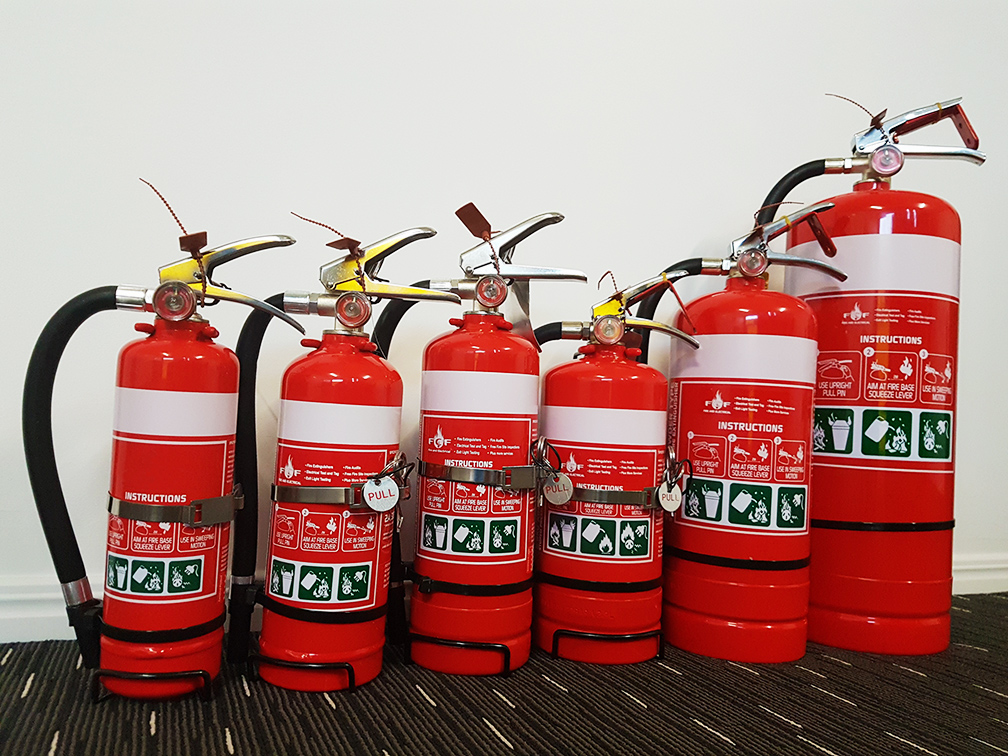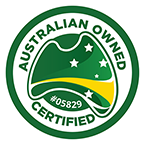A Fire Service Technician who is a Fire Certifier is the best person to assist with the design to meet AS2444 requirements. They are also able to help with AS1851, which is the Australian Standard for Fire Equipment servicing intervals. AS1851 sets out 6 monthly, 12 monthly and five-year servicing for your Fire Extinguishers. A key point to remember is that the standards differ when it comes to environmental factors and fire extinguisher location. Best practice is to have an FCF Fire Technician come in and give you the right advice for your site.
The most common Fire Extinguishers found in commercial use are Dry Powder Fire Extinguishers, CO2 Fire Extinguishers, Water Fire Extinguishers and Foam Fire Extinguisher. The number one go to Fire Extinguisher for most Fire Technicians is the 4.5kg ABE Fire Extinguisher and with great reason, as it’s a top all-rounder in firefighting capabilities, coverage and weight. Best to select a 4.5kg ABE High Performance Fire Extinguisher from FCF to go the extra distance. Having the correct extinguisher for the right fire is critical. A fatal incident could be caused by using a Water Fire Extinguisher on an electrical switchboard fire. Fire Extinguisher Certifiers assess the risk and factor in human safety. If you are unsure about the requirements or worried that you do not meet State Legislation, call FCF for expert advice to comply with AS2444 and AS1851. Or fill out an online enquiry form



